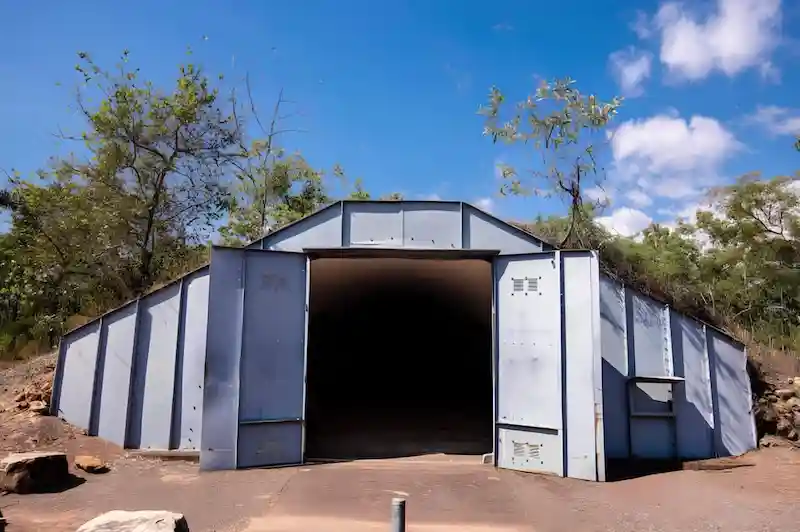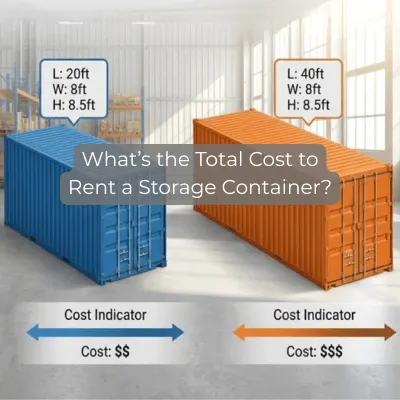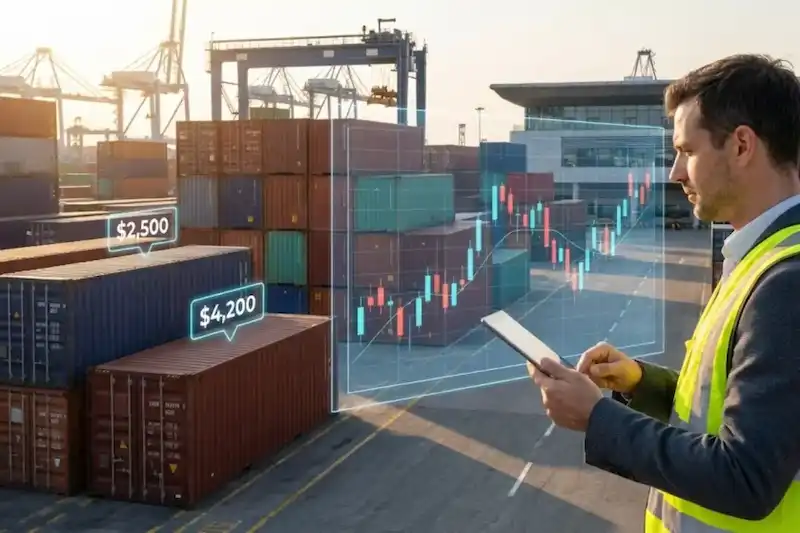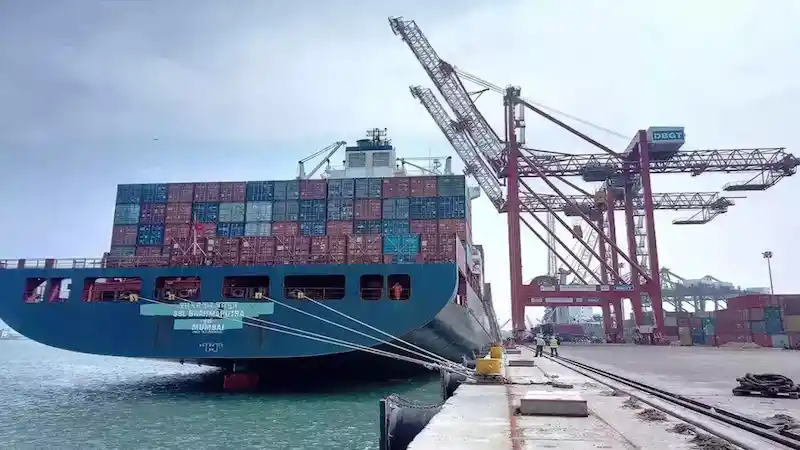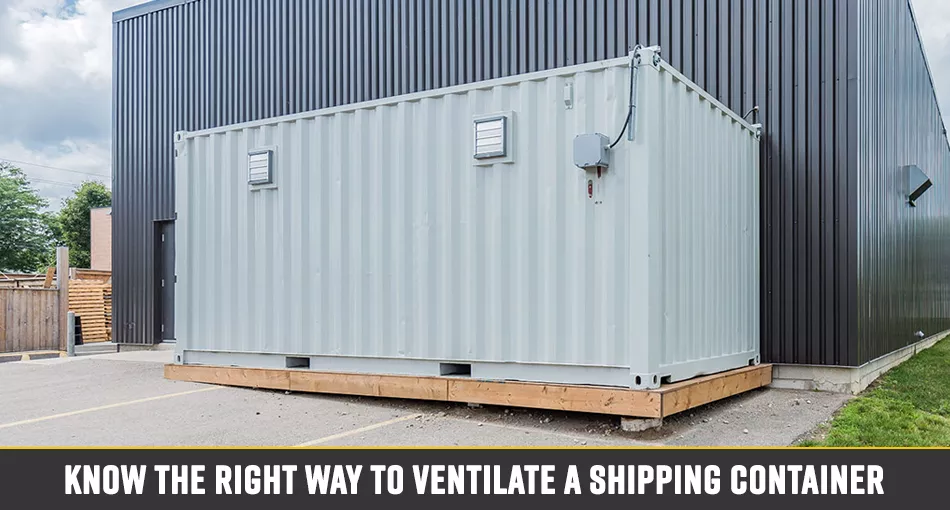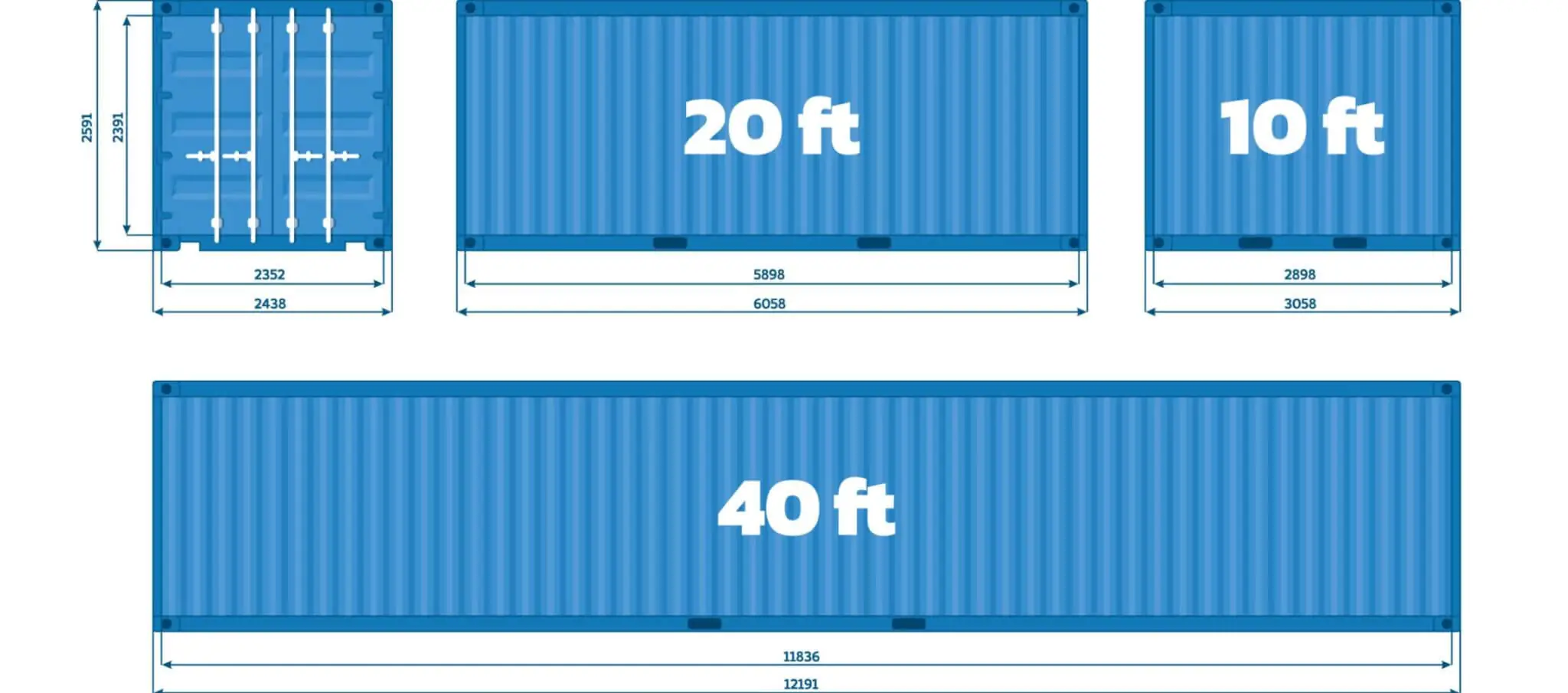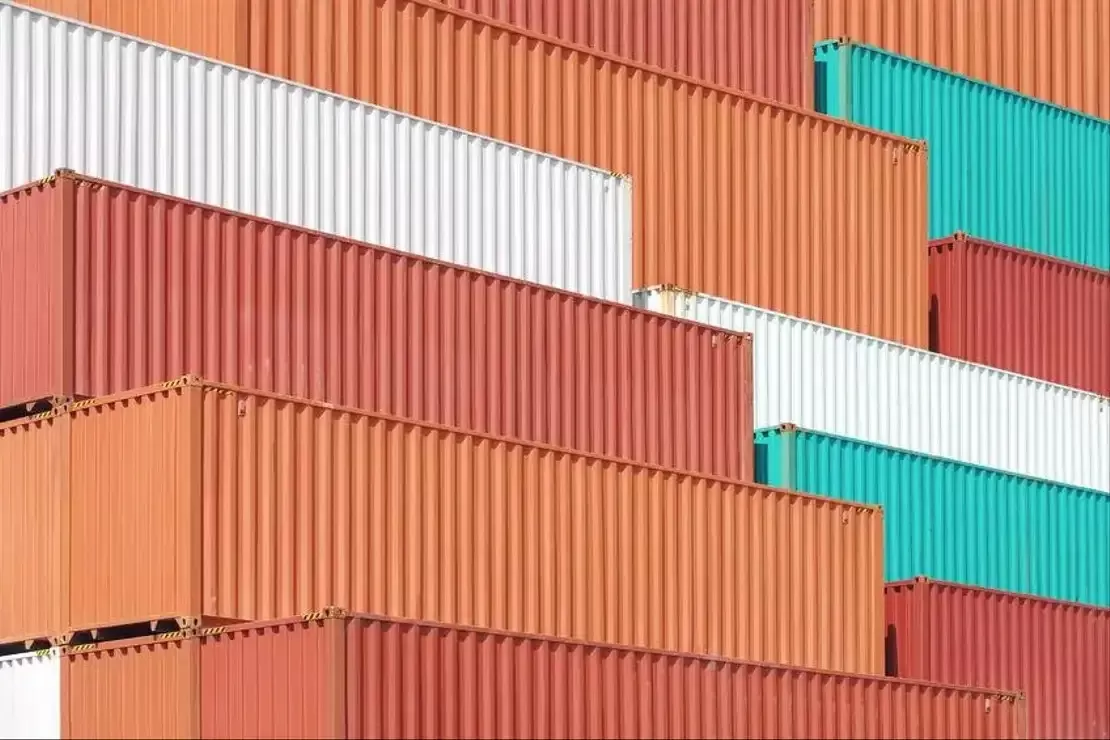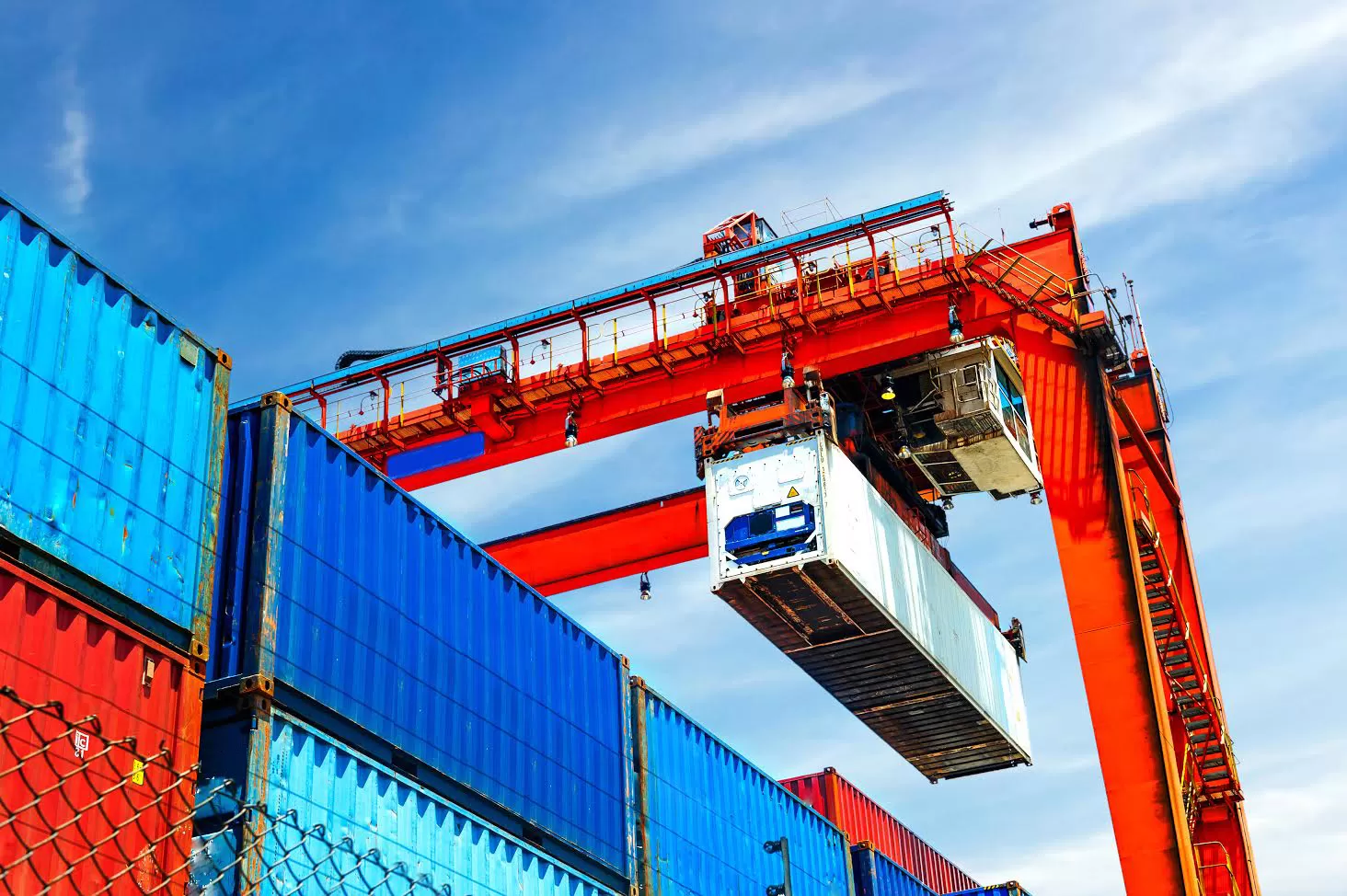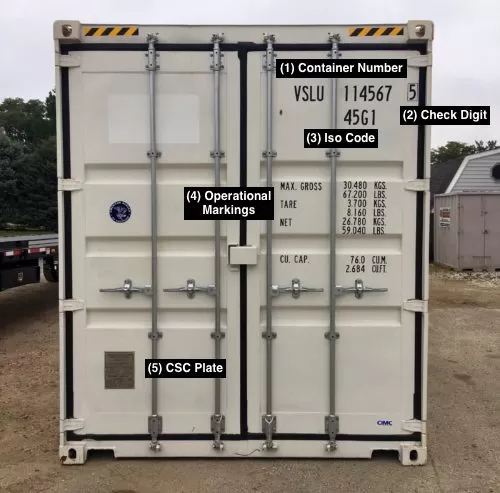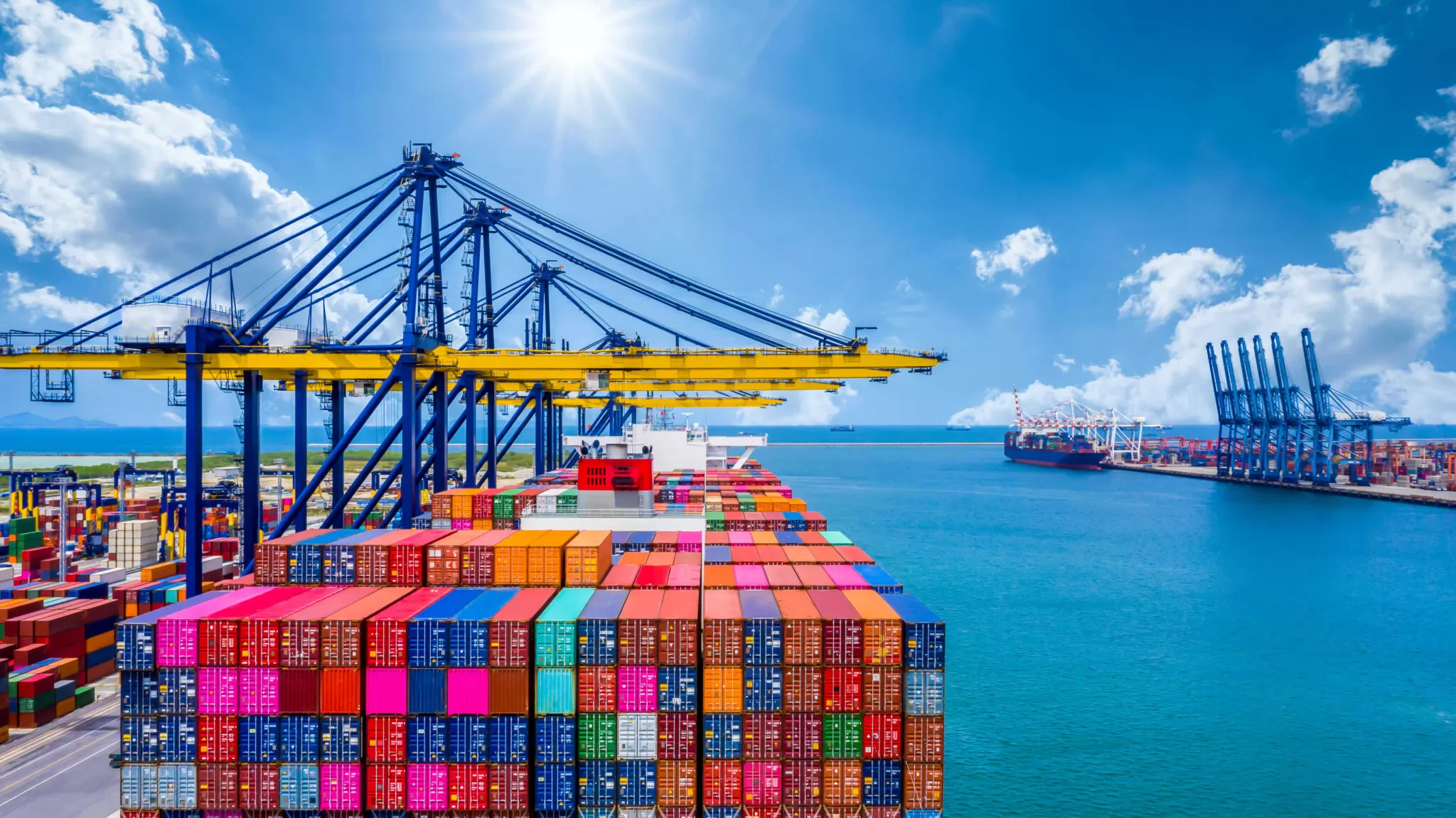What is the Difference Between a Port and a Terminal? Key Insights

Navigating the world of maritime trade can be intricate, with numerous terms and concepts to comprehend. Two of these terms are “port” and “terminal”, both essential components of global shipping infrastructure. Despite being used interchangeably at times, they have distinct meanings and functions.
What is a Port
Ever wondered where ships dock and unload their cargo or passengers? That’s a port for you. Picture it as a bustling hub located on the coastline, acting as a meeting point between land and sea routes. It’s like a grand central station for maritime trade.
The pivotal role which ports hold within the global supply chain is completely irreplaceable. They act as critical nodes which allow for the transportation of goods and individuals globally. The absence of ports would bring international trade to a standstill. These ports are equipped with a comprehensive range of facilities intended to facilitate a trouble-free transfer of goods. This includes extensive warehouses for secure goods storage, large container yards for shipping container accommodation, and specialized machinery for the efficient loading and unloading of ships.
But ports are not just business hubs, they are thriving and active communities. Within these expansive facilities, you can find a lively community with a variety of eateries, retail stores, and even residential areas. The combination of commercial and residential elements creates a unique environment that is bustling with activity 24/7.
A port is a versatile and lively hub that facilitates worldwide trade and supports local economics. It is a place where the pulse of commerce meets the rhythm of daily life, creating a unique synergy that promotes both global connections and regional development.
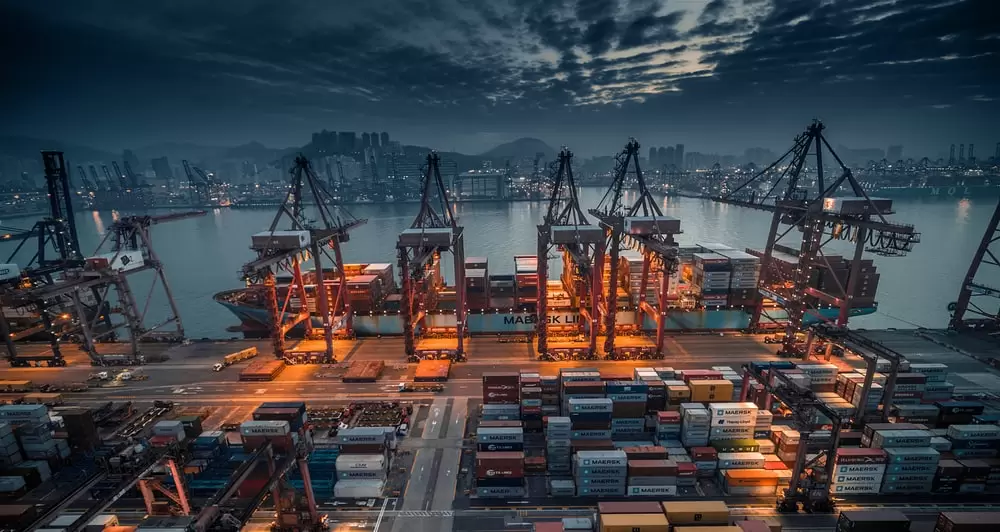
What is a Terminal
So, now that we understand what a port is, it’s better to examine it more closely. Within a port, you’ll find specific facilities called “terminals” that handle specific types of cargo.
A container terminal serves as the allocated space for storing sizable, box-shaped containers that are frequently assembled on ships. This is where these containers are sorted and arranged for loading or unloading from a ship.
On the other hand, bulk terminals have an alternative focus. They are designed for handling unpackaged goods. If you imagine a colossal pile of coal or a vast heap of grain, that is precisely the type of cargo bulk terminals are constructed to handle.
These terminals come equipped with a diverse range of cutting-edge equipment designed for efficient cargo transportation. This includes towering cranes capable of reaching incredible heights, swift forklifts for shifting goods around, and conveyor belts for transporting cargo from one location to another.
These facilities may not always be in the spotlight, but they are the unsung heroes of global trade. They work tirelessly behind the scenes, ensuring our goods are perfectly placed and prepared for their journey across the globe, right on schedule. Essentially, terminals play a vital role in keeping the wheels of global commerce turning smoothly and effectively.
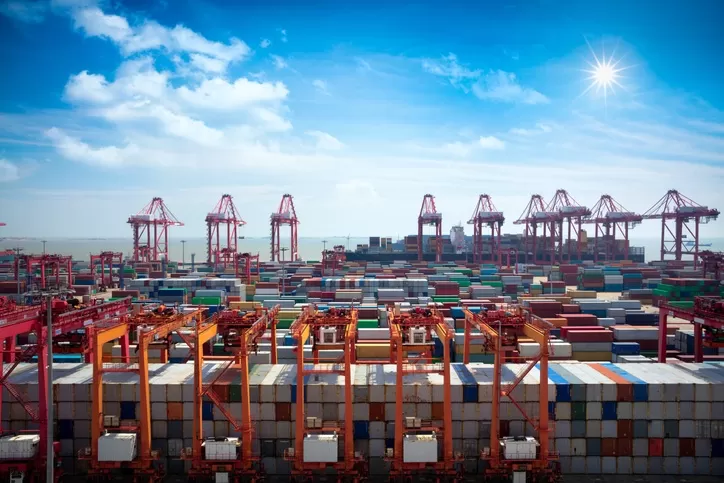
Differences between a Port and a Terminal
Grasping the distinction between a port and a terminal can seem daunting at first glance due to their close relationship in maritime operations. However, by delving deeper into their unique characteristics and roles, you can gain a better understanding of their differences.
- Imagine a port as a lively, dynamic metropolis brimming with activity. Within this metropolis, which represents the port, there are numerous districts or facilities that contribute to its overall function. One such district in this metropolis is what we call a terminal. Thus, whereas the port describes the whole facility, a terminal is a specialized area within it designed for managing specific categories of cargo.
- Their unique functions also distinguish them. A port assumes the role comparable to that of a mayor, greeting incoming ships, offering navigational assistance, and guaranteeing seamless operations across all its facilities. On the other hand, a terminal functions similarly to a logistics manager, with a narrowed focus on cargo handling specifics. Its key responsibility is to ensure each cargo type is managed correctly and expedited promptly.
- A critical difference also lies in their management structure, with port operations falling under the jurisdiction of port authorities. Usually public entities, these regulators are responsible for enforcing regulations, overseeing safety measures, and managing environmental impacts. Contrarily, terminals are frequently managed by private companies or public organizations that rent the space from the port authority.
Overall, while ports and terminals function within the same field and work in harmony to maintain the wheels of global commerce turning, they each carry out separate roles and follow separate operational protocols. They’re like two sides of the same coin, both crucial to the operation of the entirety but possessing their own unique attributes.

Conclusions
Understanding the difference between a port and a terminal is important for everyone involved in maritime trade or logistics. Ports are vital to the extensive network of global trade, acting as the primary gateways for seaborne transportation. They are strategic locations where a ship can dock, unload, and load goods, thereby facilitating the smooth flow of commodities worldwide. Conversely, terminals are specialized facilities within these ports, focused on the intricacies of cargo handling. They are created to handle certain categories of goods — from containerized items to bulk commodities — guaranteeing that each is sorted, stored, and arranged appropriately for subsequent transportation.
New and Used Shipping Container for Cargo Storage and Transportation
We are one of the leading shipping container suppliers offering best quality and affordable new and used containers all over the United States. Pelican Containers has decades of experience in shipping container trading and a large number of warehouses across the United States, stocked with these steel boxes of various sizes and shapes.
Vanessa is a dedicated writer and content enthusiast at Pelican Containers. With a background in practical writing and a keen eye for clarity, she transforms complex container topics into easy-to-understand and useful content. Her passion lies in exploring the evolving world of container usage — from smart storage hacks to global logistics trends.
When she's not writing, Vanessa loves discovering creative shipping container projects or traveling to find new inspiration.
Explore thoughtful, informative, and accessible content with Vanessa!
Vanessa is a dedicated writer and content enthusiast at Pelican Containers. With a background in practical writing and a keen eye for clarity, she transforms complex container topics into easy-to-understand and useful content. Her passion lies in exploring the evolving world of container usage — from smart storage hacks to global logistics trends.
When she's not writing, Vanessa loves discovering creative shipping container projects or traveling to find new inspiration.
Explore thoughtful, informative, and accessible content with Vanessa!
FAQ
What is the primary function of a port?
The primary function of a port goes beyond being solely a docking point for ships. Instead, it acts as a crucial hub in the global supply chain, facilitating the transfer of goods between sea, land, and air transport systems. Ports are responsible for welcoming incoming vessels, providing navigation assistance, ensuring safety protocols are observed, and overseeing the efficient operation of all their affiliated facilities. In essence, ports serve as the hub of maritime trade, ensuring the smooth and efficient operation of global commerce.
How does a terminal differ from a port in terms of operations?
Although a terminal is part of the larger port ecosystem, its operations are substantially different. A terminal resembles a specialized district within the wider metropolis of the port. Its main emphasis is on the specifics of handling diverse types of cargo, ensuring that each is handled appropriately and expedited in a timely manner. While a port supervises the overall maritime operations, a terminal narrows its focus to the details of cargo handling and logistics management.
What types of cargo are typically handled at a port versus a terminal?
A port acts as a universal entrance for a variety of cargo forms, including containers, bulk, break-bulk, and liquid or dry cargo. However, a terminal is more specialized. It operates based on its design and equipment and deals with specific cargo types. For example, a container is equipped to handle containerized cargo, while a bulk terminal manages bulk cargo like coal or grain.
Can a port also function as a terminal, or are they distinct entities?
A port and a terminal have different roles and functions, with a terminal operating within a port. Essentially, a port is the overall entity containing various facilities, including terminals. While a port cannot function as a terminal, it comprises terminals that contribute to its overall function.
